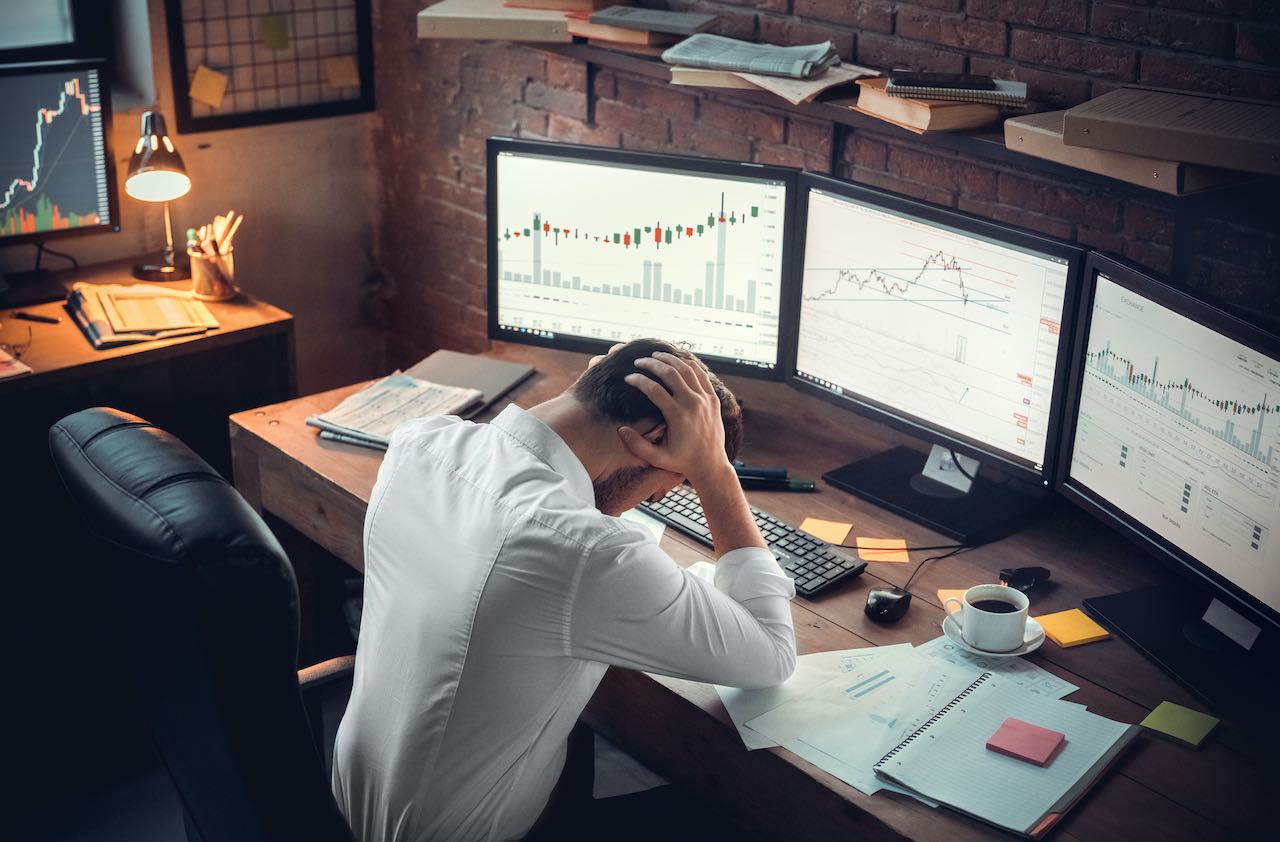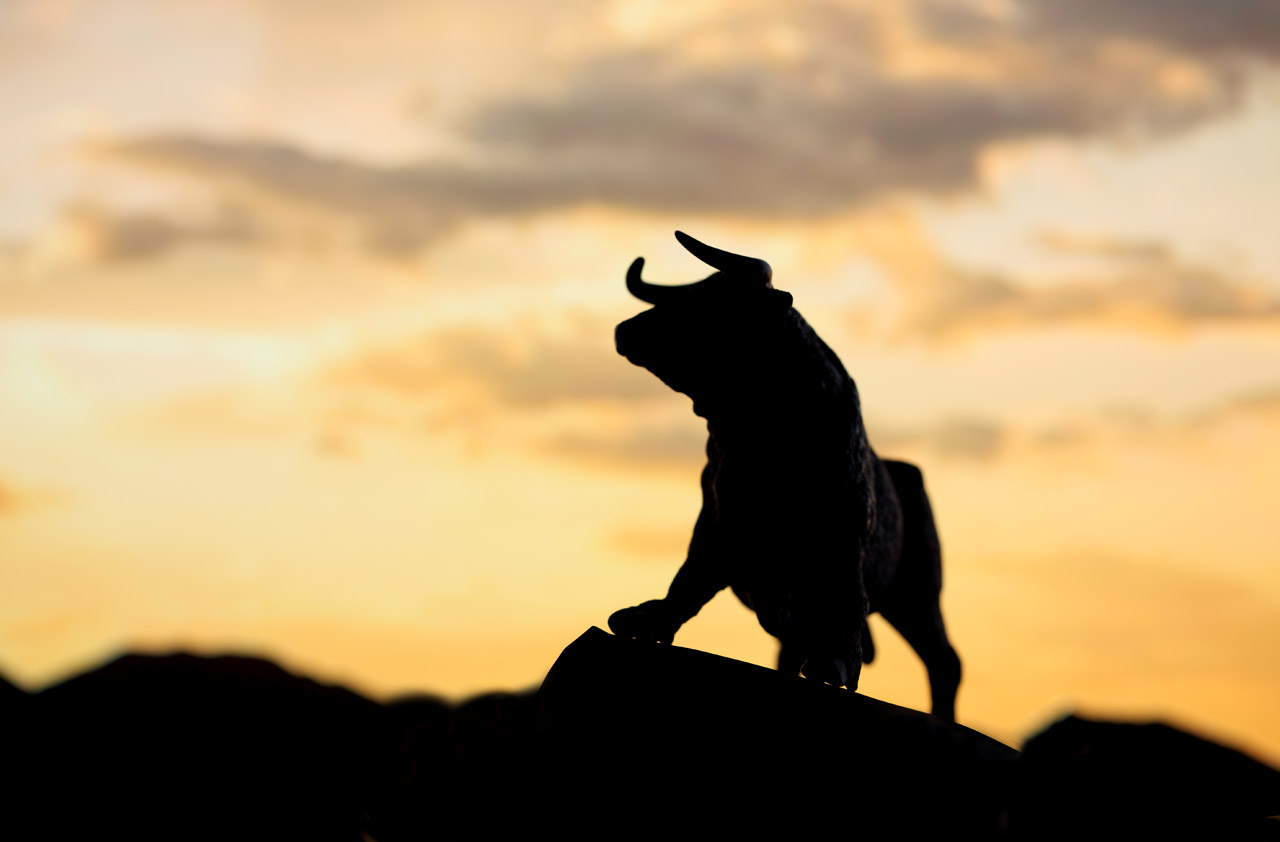Goldberg's Picks: The 5 Best Stock Funds for 2013
You can't afford not to own stocks. But you have to be careful choosing stock funds.

Four years after the the financial crisis, the risks to the global economy remain huge -- ranging from the upcoming fiscal cliff to the never-ending euro zone crisis to slowing growth in China. As you weigh your strategy for investing in the stock market in the coming year, caution should be your watchword.
But you can't afford not to invest. After all, Standard & Poor's 500-stock index has returned 14.4% so far this year, despite a similarly uncertain economic backdrop a year ago. (All returns in this column are through December 3.)
What to do? Stick mainly to the highest-quality stocks, which are likely to hold up relatively well even in a downturn. All of my five fund picks for the year ahead focus on blue-chip stocks. And all of my domestic-fund selections are notably risk-averse. But don't shy away from emerging markets; they continue to offer superior growth potential.

Sign up for Kiplinger’s Free E-Newsletters
Profit and prosper with the best of expert advice on investing, taxes, retirement, personal finance and more - straight to your e-mail.
Profit and prosper with the best of expert advice - straight to your e-mail.
1. FPA Crescent (symbol FPACX) isn't a pure stock fund. Manager Steven Romick currently has 62% of its assets in stocks and the rest in cash and bonds. Today the fund is loaded with stocks of large companies, but Romick goes wherever he can find value.
Romick is a disciplined, careful investor with a remarkable long-term record. Over the past ten years, the fund returned an annualized 8.9% -- an average of 2.4 percentage points per year better than the S&P 500. Yet FPA has been nearly 35% less volatile than the index. My biggest complaint about Crescent: Its annual expense ratio of 1.18% is higher than it ought to be. (Crescent is a member of the Kiplinger 25, the list of our favorite no-load mutual funds.)
2. Harbor International (HAINX) boasts a sterling record. Over the past ten years, it gained an annualized 11.6%, an average of 3.8 percentage points per year more than the MSCI EAFE index, which tracks stocks in developed overseas markets. Harbor doesn't overlook emerging markets, which currently account for 8% of its assets. The fund sticks almost exclusively with stocks of large companies and leans toward faster-growing fare. It has been slightly more volatile than the EAFE index.
The record comes with a caveat. Hakan Castegren, who launched the fund in 1987, died two years ago. However, Castegren spent years schooling the four remaining managers in his investing discipline. The fund started listing them as co-managers in 2009. More important, there's no sign of a drop-off in performance since Castegren's death. Over the past two years, the fund returned an annualized 3.2% -- an average of 1.3 percentage points better than the EAFE index. (Harbor International is also a member of the Kiplinger 25.)
3. Like almost all of my picks (Harbor is the exception), Harding Loevner Emerging Markets (HLEMX) has produced superior returns with lower volatility than its benchmark. Over the past ten years, the fund earned an annualized 15.7%. That's even with the MSCI Emerging Markets index. But Harding has been 5% less volatile than the benchmark, and has held up better in the sector's periodic selloffs.
The fund's skilled and experienced management team is what really sells me. It's run by four managers, led by G. Rusty Johnson III, who has been with the fund since its inception in 1998. They hunt for high-quality stocks -- in countries where blue chips are often hard to find. The main negative is the fund's expense ratio of 1.5% annually. It's a bit too high for my taste, even for an emerging-markets fund.
4. Sequoia (SEQUX) has only $5.7 billion in assets -- low for such a superb offering -- and the managers want to keep it relatively small. Currently, you can't buy the fund through intermediaries, such as online brokers; you can only buy it directly from Sequoia. It's worth the trouble.
Consider the numbers. Over the past ten years, Sequoia returned an annualized 7.1% -- an average of 0.6 percentage point per year better than the S&P. Plus, the fund has been nearly 10% less volatile than the benchmark.
Sequoia invests in high-quality companies both here and abroad. Managers Robert Goldfarb and David Poppe try to pick them up at a discount to what they think they're worth, then hold them for the long term. Goldfarb and Poppe are superb stock pickers. Annual expenses are 1.0%.
5. Vanguard Dividend Growth (VDIGX) is designed to do one thing well: invest in stocks with a record of raising dividends every year over the long haul. That leads it almost exclusively to blue chips. Don't mistake this fund for an income play. Even with an admirably low expense ratio of just 0.31% a year, Dividend Growth yields only 2.3%, the same as the S&P 500.
Over the past ten years, it returned an annualized 8.2% -- an average of 1.7 points per year more than the S&P. Yet the fund has been almost 20% less volatile than the benchmark. About one-third of its assets are in health care and consumer staples -- sectors that do well in hard times.
Note: Come back next week for my 2013 bond-fund picks. Or sign up for an E-mail alert to be notified of all my new columns as soon as they're available.
Steven T. Goldberg is an investment adviser in the Washington, D.C. area.
Kiplinger's Investing for Income will help you maximize your cash yield under any economic conditions. Subscribe now!
Get Kiplinger Today newsletter — free
Profit and prosper with the best of Kiplinger's advice on investing, taxes, retirement, personal finance and much more. Delivered daily. Enter your email in the box and click Sign Me Up.

-
 Stock Market Today: Stocks Soar on China Trade Talk Hopes
Stock Market Today: Stocks Soar on China Trade Talk HopesTreasury Secretary Bessent said current U.S.-China trade relations are unsustainable and signaled hopes for negotiations.
By Karee Venema
-
 2026 Disney Dining Plan Returns: Free Dining for Kids & Resort Benefits
2026 Disney Dining Plan Returns: Free Dining for Kids & Resort BenefitsPlan your 2026 Walt Disney World vacation now. Learn about the returning Disney Dining Plan, how kids aged three to nine eat free, and the exclusive benefits of staying at a Disney Resort hotel.
By Carla Ayers
-
 ESG Gives Russia the Cold Shoulder, Too
ESG Gives Russia the Cold Shoulder, TooESG MSCI jumped on the Russia dogpile this week, reducing the country's ESG government rating to the lowest possible level.
By Ellen Kennedy
-
 Morningstar Fund Ratings Adopt a Stricter Curve
Morningstar Fund Ratings Adopt a Stricter Curveinvesting Morningstar is in the middle of revamping its fund analysts' methodology. Can they beat the indices?
By Steven Goldberg
-
 Market Timing: The Importance of Doing Nothing
Market Timing: The Importance of Doing NothingInvestor Psychology Investors, as a whole, actually earn less than the funds that they invest in. Here’s how to avoid that fate.
By Steven Goldberg
-
 Commission-Free Trades: A Bad Deal for Investors
Commission-Free Trades: A Bad Deal for Investorsinvesting Four of the biggest online brokers just cut their commissions to $0 per transaction. Be careful, or you could be a big loser.
By Steven Goldberg
-
 Vanguard Dividend Growth Reopens. Enter at Will.
Vanguard Dividend Growth Reopens. Enter at Will.investing Why you should consider investing in this terrific fund now.
By Steven Goldberg
-
 Health Care Stocks: Buy Them While They're Down
Health Care Stocks: Buy Them While They're Downinvesting Why this sector should outperform for years to come
By Steven Goldberg
-
 Buy Marijuana Stocks Now? You'd Have to Be Stoned.
Buy Marijuana Stocks Now? You'd Have to Be Stoned.stocks Don't let your investment dollars go to pot
By Steven Goldberg
-
 4 Valuable Lessons From the 10-Year Bull Market
4 Valuable Lessons From the 10-Year Bull MarketInvestor Psychology Anything can happen next, so you must be mentally prepared.
By Steven Goldberg